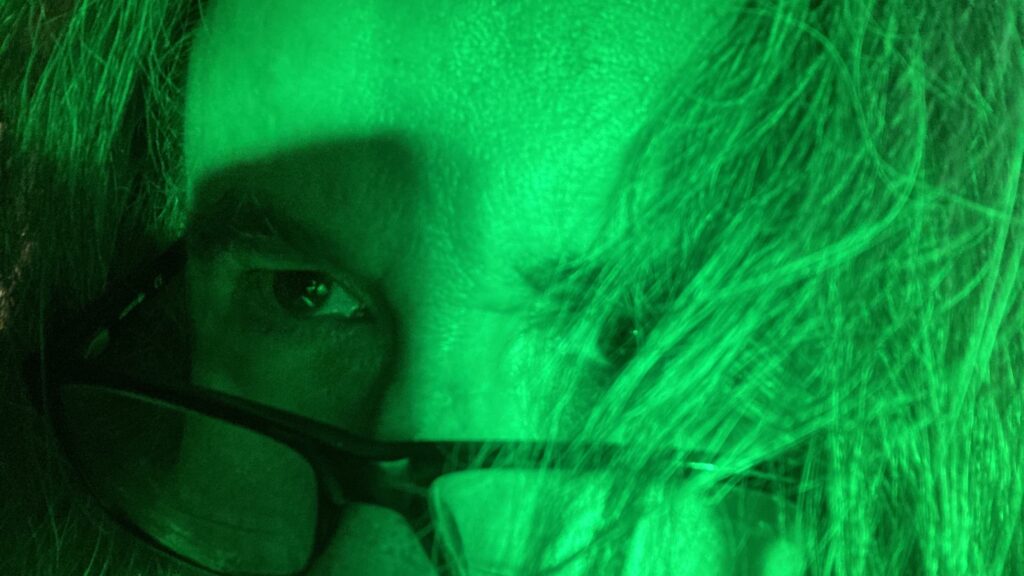On the Robert Rauschenberg exhibition at Philbrook Museum in Tulsa, Oklahoma, which exhibition ends on Sept. 11, 2011:
Most of the Rauschenberg assemblages, lithographs, etc. here offer little in the way of an aesthetic experience. Storyline 1 (1968), for example, consists of lithograph images from the Arthur Penn movie Bonnie and Clyde and that’s it: it’s utterly trivial. On the other hand, exceptions to this no-aesthetic-impact tendency are found, I think, in Sling-shots Lit #2 and #7, especially the former. Both works feature fluorescent light and superimposition. #2 dazzles us with blocks and smudges of bright color, while #7 is a black and white assemblage-cum-lithograph replete with small pop culture images. Both held my eye for quite some time.
In an essay on Rauschenberg from the Brushes with History anthology (2000), Max Kozloff mentions “hints of disaster and dissolution” contained in the artist’s work and vision. Are there any such hints in the Philbrook exhibition? Yes, as in 1997’s successful Daze, with its empty green chairs and “ruptured” pond water. But, as it happens, the further Rauschenberg moves away from hints of disaster and dissolution, the weaker his creations become. They turn into pseudo-art; they fail to speak to me.
Not at all is this true of the older (permanent?) stuff at Philbrook. These are paintings and sculptures, including the realistic The Flax Spinner by Jules-Adolph Breton, the Fauvist Nice, le Baie des Anges by Raoul Dufy, and The Artist’s Wife in the Garden by Frederick Carl Frieseke. Beauties, these. They’re resonant.
More about the Philbrook collection in later posts.



I saw on the news lately there was a certain art display on CCP Philippines and its got banned nationwide. The thing is the artist’s way of picturing out his works are against christian’s approval. He made fun on Jesus Christ. The president took the church’s heed to close it down instantly. This is a sad fact. An artist should make art not making a way to get attention by making it contradict to a nation’s culture beliefs.